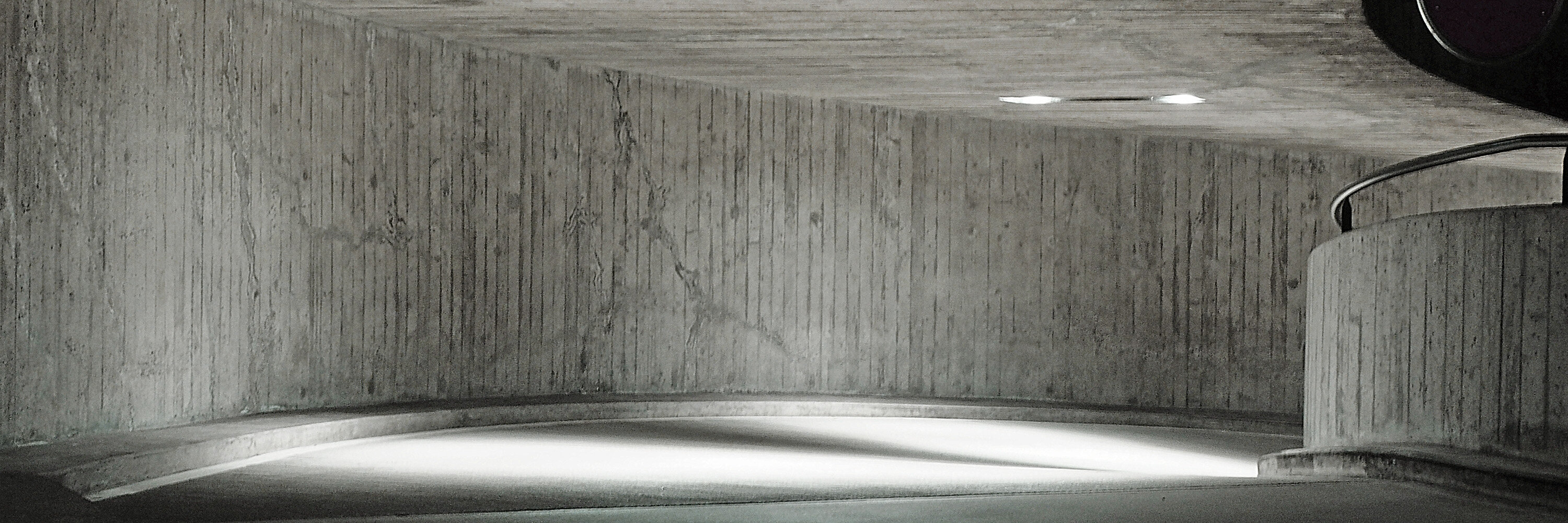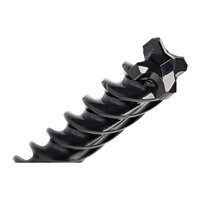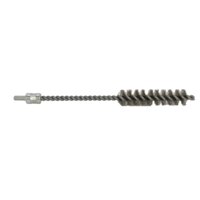
Concrete
Concrete - the ideal anchoring base
Concrete is characterized by its high strength, flexible application and excellent fire protection properties. Concrete is a mixture of water, cement, aggregates (gravel and sand) and possibly special chemicals (retarders, accelerators, pore formers ...). In its uncured state, it can be poured into almost any conceivable shape, making it ideal as a building material. Concrete is usually used in combination with reinforcing steel. The result is reinforced concrete or reinforced concrete. The reason for the use of reinforcing steel is the very limited load-bearing behavior of concrete in tension. If cracks appear in a concrete structure, the concrete can no longer transmit forces at this point, and the component would fail. In reinforced concrete, these tensile forces are transmitted to the reinforcement. This results in a highly load-bearing and ductile structural component. Cracks always occur in conventional concrete components such as floor slabs. However, these are usually very small, 0.3 mm or less. This is ensured by the design of such reinforced concrete components.
Even if the cracks do not have a negative effect on the load-bearing behavior of the concrete component - or are inevitably part of it - they influence the choice of fastener.
In the field of fasteners, a distinction is made between anchors that are only rated for non-cracked concrete and those that are also rated for cracked concrete. Anchors with approvals/ratings (ETA) in non-cracked concrete may only be used in structural components where the structural engineer has proven that no cracks can occur during the service life. This may be the case, for example, in reinforced concrete columns or walls. However, for most concrete components (such as slabs), cracked concrete must be assumed and the fastener selected accordingly. The reported performance of fasteners in cracked concrete is usually significantly lower than those in non-cracked concrete.
In general, the following applies to all types of heavy-duty fastening:
If the fastening is a safety-relevant fastening, i.e. in case of failure life and limb are in danger or a high economic damage is to be expected, it should only be carried out by trained specialists.









